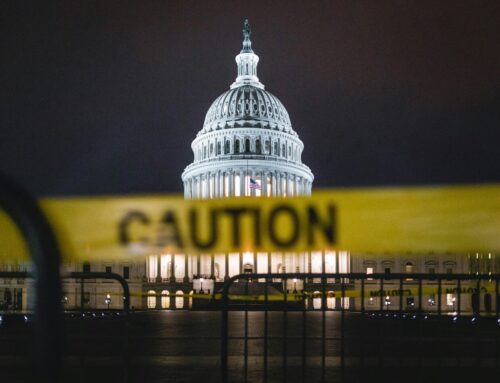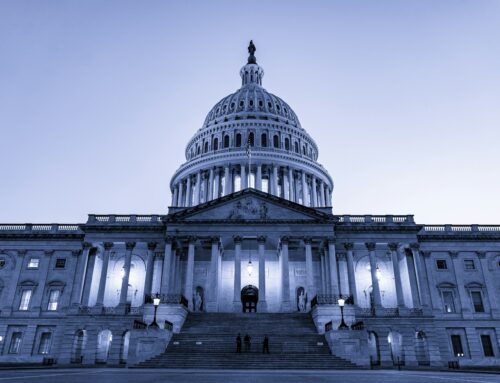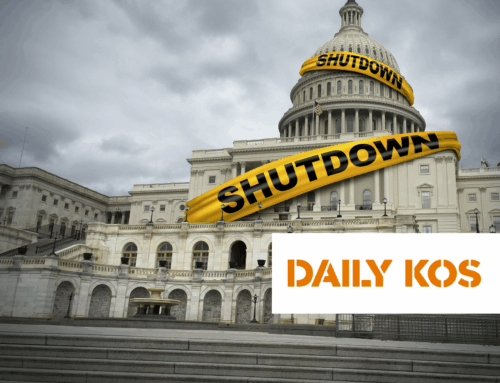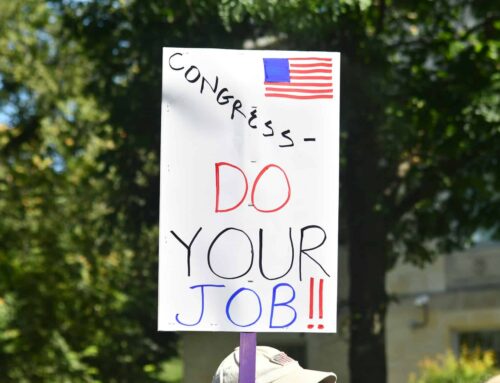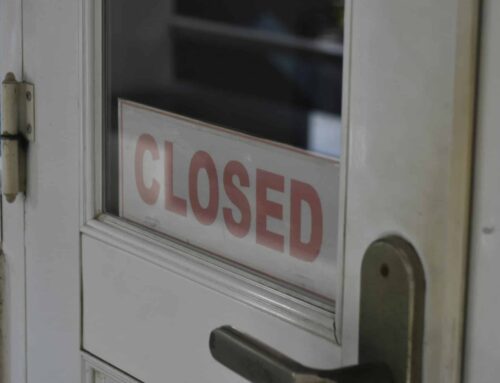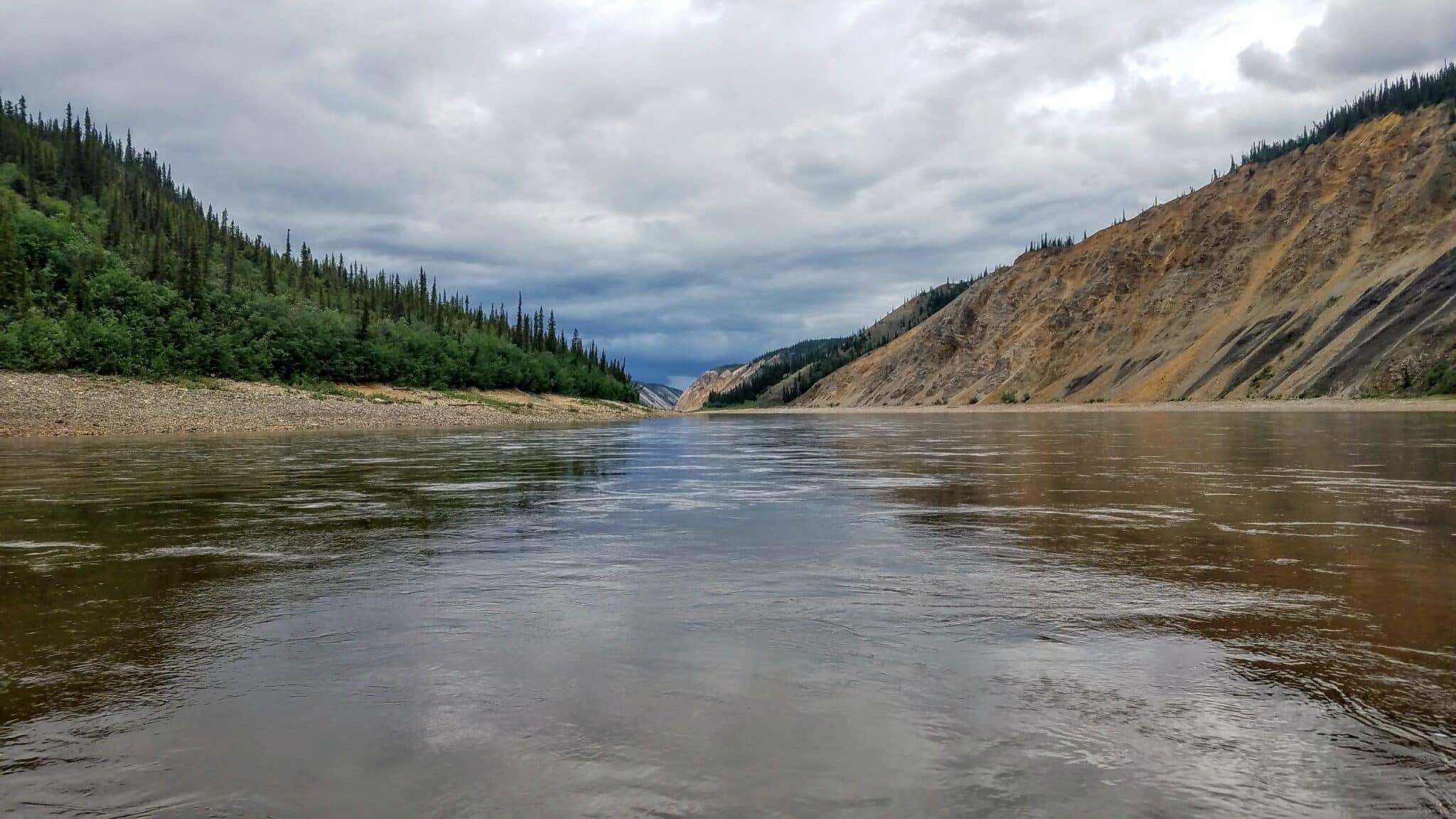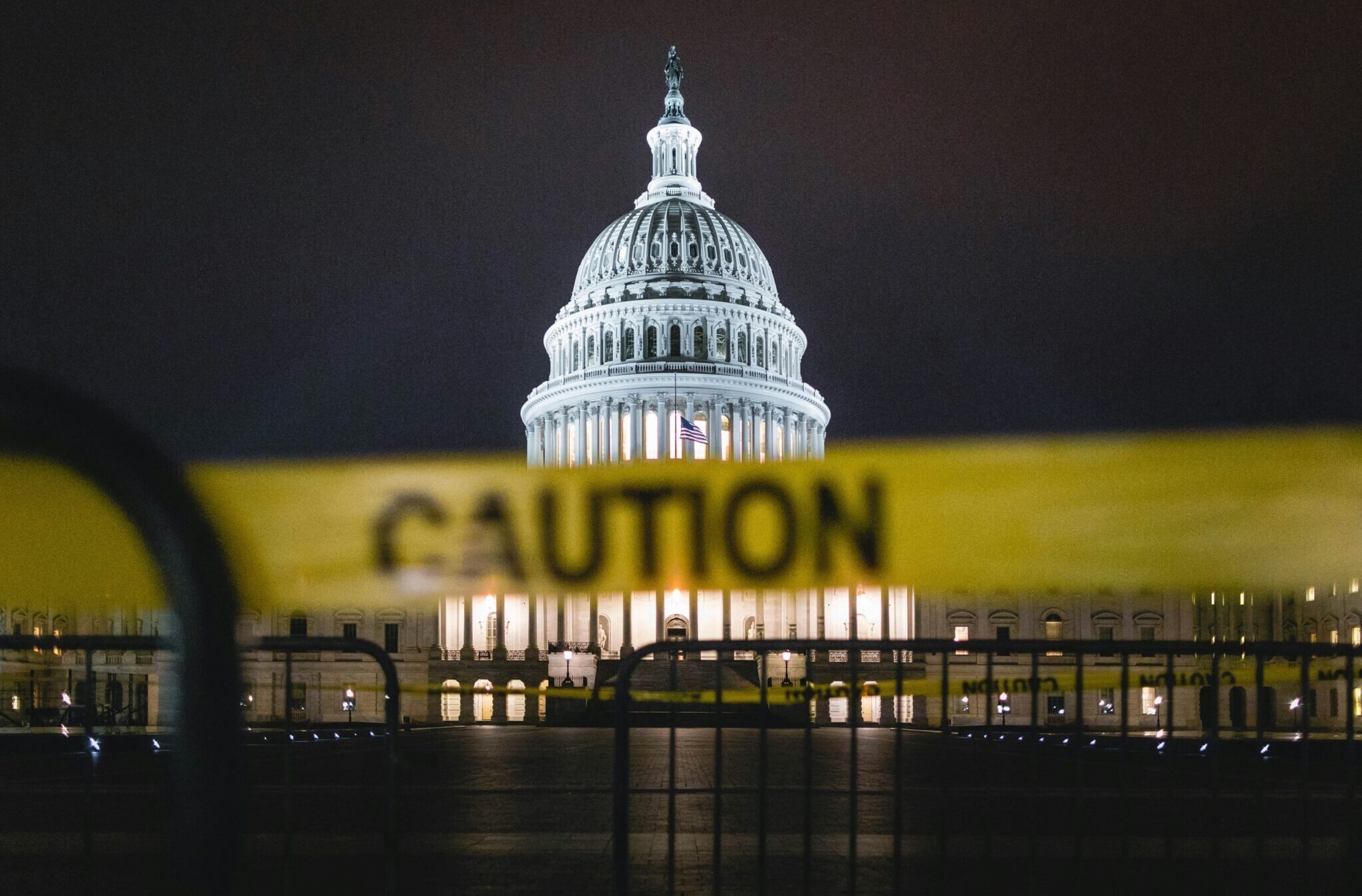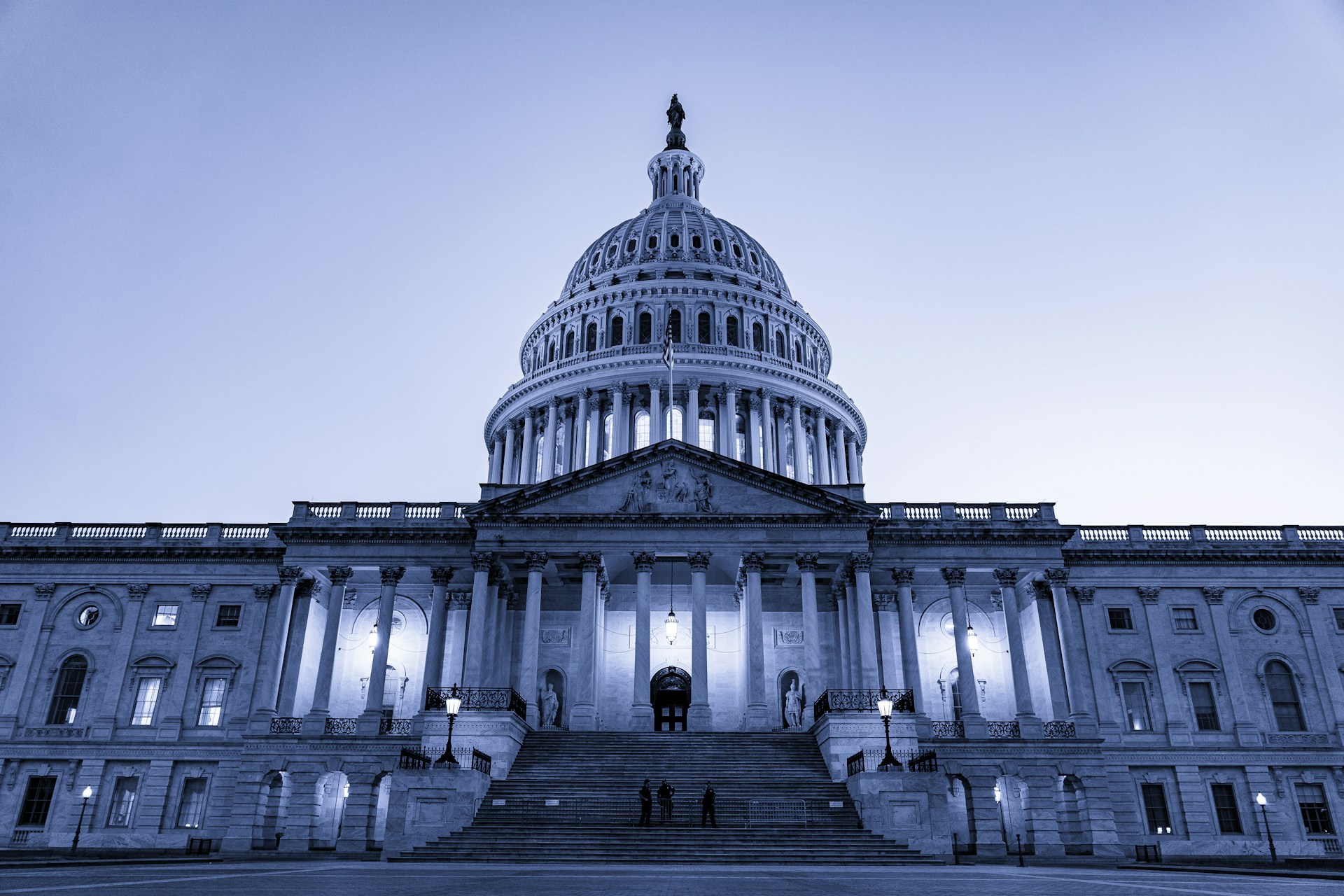We can do this. The damage caused by coronavirus has spilled into a financial crisis that is threatening a large-scale economic crisis. As policymakers, communities, and individuals navigate these trying times, we need to remember – we can do this. If we apply the lessons learned from the 2008 financial crisis and recovery and recent national disasters, we can save money, speed the recovery, and most importantly, save lives.
One must acknowledge that this time it’s worse, but we’re also better prepared. Few people saw the 2008 financial crisis coming and it showed in the response. After initially rebutting the Bush Administration’s request for blank check authority to do whatever was necessary, Congress adopted a $700 billion package. Aimed at shoring up failing banks, over time it evolved into a bailout of auto companies, a nationalization of Fannie Mae and Freddie Mac, a refinancing program for homeowners, and many other programs. Hindsight is 20-20, but the fact is pretty much all of it was done on the fly – for example the total cost of the financial aid package was a SWAG and it wasn’t used exactly as intended. It was terrifying. This time we’re better prepared because much of the response to both the health and financial/economic crises can be done through existing programs. But with a few lessons learned.
First, we need to deploy overwhelming (financial) force without reinventing the wheel. So continue to do as Congress did with the first $8 billion bill and attack the crises through existing programs. Declare a national emergency and unleash the power of FEMA, Small Business Administration low-interest loans, and other tools we use to provide immediate response and relief in natural disasters. And it’s wise to administer any temporary programs, like replacing lost income of workers without paid leave or school lunch programs, through the existing bureaucracies such as Social Security, other federal programs, or state agencies.
At the same time these agencies must be more transparent and accountable for handling these emergency funds. All funds authorized for “emergency” response need to be tracked separately from “regular” appropriations. It may sound nerdy, but it’s critical to ensuring the funds go where they are needed. We will only know where the budget is inadequate (or excessive) if we track it. But this has to be mandated in the spending bills.
Third, we need watchdogs. In every disaster, Americans have risen to the occasion and gone above and beyond in helping their neighbors. But a sad fact is it’s not just cream that rises to the top, but scum. To stop the hucksters and swindlers from taking advantage of individuals or newly appropriated federal funding, Congress needs to include funds for the Inspector Generals of any agency administering disaster aid. Because we have no idea how long these crises will last or the ultimate price tag, Congress also needs to create an overarching watchdog. The Recovery Accountability and Transparency (RAT) Board created to monitor implementation of the 2009 stimulus was a smashing success at keeping agencies focused and felons at bay. If the federal response grows to the hundreds of billions of dollars, lawmakers must create an entity like it for this disaster and recovery. Otherwise designate a senior official to track funds as was the case with Superstorm Sandy (HUD Secretary Donovan) or Hurricane Katrina (DHS IG Skinner).
Finally, Congress needs to keep its eye on the ball. Proposals so far seem to have avoided the most egregious attempts to exploit our nation’s fears for parochial gain. That wasn’t true in 2008. At the last minute the 2008 bailout package saw $100 billion in “temporary” tax breaks attached. Not because tax breaks for race-car tracks, manufacturers of wooden arrows for children, or film and television production, would stabilize the housing market or prevent a run on the bank. It was because the train was leaving the station and the lobbyists and the politicians carrying their water knew they could hitch a ride. Let’s keep avoiding that type of cynical legislating. This is not a time for partisanship, it’s a time for leadership.
And after it is all over – because it will be at some point – look back, figure out what worked, what didn’t, how to adjust systems, planning, execution. Government too rarely looks in the rear-view policy mirror to adjust and improve future response and hold people accountable.
We can. So let’s do.

